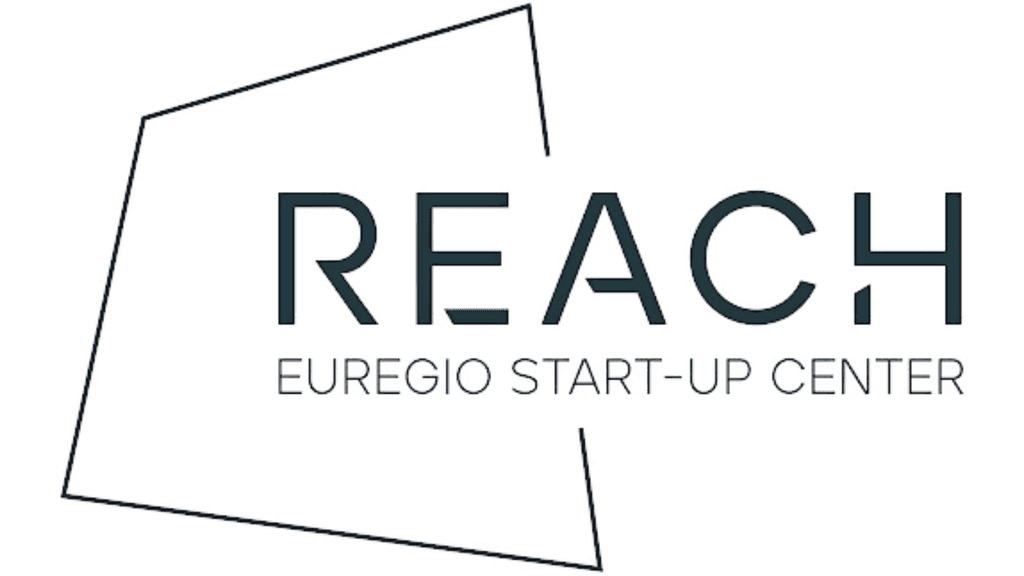Probably every single person knows this: You cook something delicious, eat one portion, and the rest ends up in the trash after a few nights in the refrigerator. We want to combat this problem of resource wastage. For this purpose, we have created a website where cooks can offer their dishes, and interested individuals can reserve and pick them up. Attention is paid to various dietary habits (lactose-free, vegan, vegetarian, etc.). In this way, we aim to establish a broad food-sharing community in the future!
The idea of „Münster Share”
During our initial team gathering, we shared and refined our core concept of fostering connections among individuals. Motivated by a Tech4Good Workshop that emphasized the importance of pursuing projects with significant ecological or social impacts, we endeavored to infuse our idea of linking individuals with a meaningful purpose.
Throughout several brainstorming sessions, we recognized that facilitating the sharing of homemade meals not only fosters connections among individuals but also significantly contributes to our mission of reducing food waste. All too often, we find ourselves with surplus food or a desire for varied culinary experiences, from comforting home-cooked meals to adventurous international dishes. When these options aren't immediately available to us, the default solution tends to be purchasing takeout or eating at restaurants. Motivated by a desire to address this issue, our team was inspired to create a platform that not only simplifies the sharing of excess food but also makes the act of sharing an enticing alternative to buying new meals. This approach not only connects people through food but also combats the issue of food waste, aligning with broader environmental sustainability goals. This vision was the driving force behind the development of the „Münster Share“-platform, aimed at transforming how we think about and engage with our food consumption habits.
Organization
For project management, task prioritization, and progress tracking, we adopted Miro as our organizational platform. This application was instrumental in helping our team outline and visualize the numerous incremental tasks that contribute to the overarching project goals. Additionally, we used the advantage of time oversight and allocation, allowing us to schedule tasks effectively and ensure timely completion. This feature was particularly beneficial in breaking down the project into smaller, more manageable segments, which was crucial for our team members who were relatively new to the realm of programming.
The UI/UX process
To refine and detail our concept, we employed a range of Design Thinking strategies from the UX Design course. The foundational questions that shaped our idea included: What is the purpose behind this? Who are the intended users? And What motivates individuals to engage with our platform?
To discover this, we identified our target audiences: Mainly students and full-time employees. We utilized user survey techniques from the track to query a total of six individuals about their expectations for such platforms. We then used the results to brainstorm potential features of the platforms within our team and to create the initial wireframes based on those discussions.
Based on our wireframes, we gradually built our first prototype in Figma. Designs were created and discarded, some features had to be omitted due to their scope, and we also faced several technical challenges. However, our mentors were always there to support us with advice and assistance. After several weeks, our prototype of Münster Share was finally complete.
The Development Process
For our project, we utilized a combination of tools to overcome the challenge of not having a backend developer on our team. We chose Replit for frontend development and SUPABASE for our backend needs. Replit provided us with an interactive platform where we could collaboratively write and publish code in real-time. Its live coding feature, along with version control, allowed us to work together seamlessly and revert to previous versions of our code when necessary.
SUPABASE served as our solution for setting up a backend in a tabular format, enabling easy access and management of our database. This choice was instrumental in streamlining our development process without the need for specialized backend expertise.
We decided to develop a website instead of an app to avoid limiting our user base; not every user is willing to download an app. Our website was designed with responsive web design principles, ensuring that it could be accessed and displayed optimally across various devices, including tablets, smartphones, and PCs.
Initially, our development focused heavily on HTML and CSS to build the structure and style of the site. However, as we progressed, we transitioned our HTML code into JavaScript. This shift allowed us to create a more dynamic website capable of pulling data directly from our backend (SUPABASE), thereby enhancing the user experience by providing real-time updates and interactions.
Final Words
To wrap up, we would like to extend our heartfelt thanks to our mentors who have been with us every step of the way. You have provided us with valuable input over time and have definitely made our entry into the tech world much easier.
Team & Rollen
Lea Nolte
WebDev - Front-End
Sonja Janeikis
WebDev - Front-End
André Niebler
WebDev - Back-End
Karen Bravo
UX/UI Design
Filiz Tamara Boga
UX/UI Design
Mentor:in
Max Brenner
Daniel Krause















